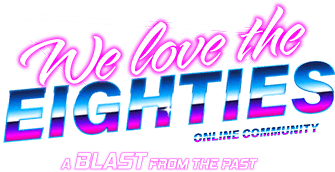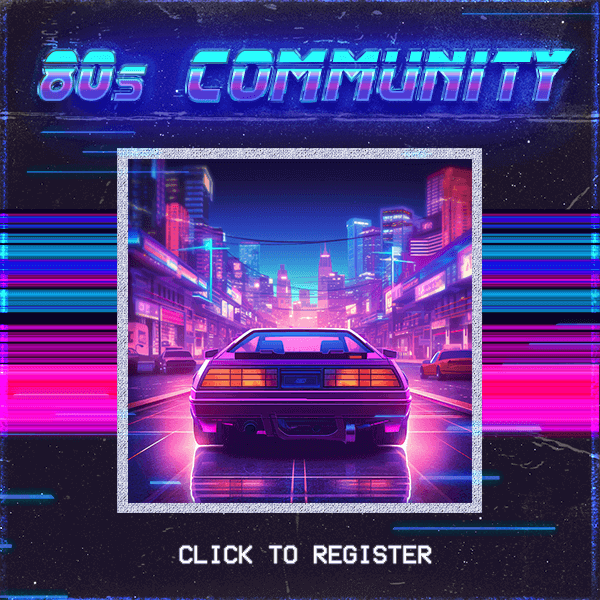Ah, the 1980s—a decade filled with vibrant colors, radical fashion, and groundbreaking music. But let's not forget one of the most electrifying cultural phenomena that emerged during this era: breakdancing.
From the streets of the Bronx to the Hollywood silver screen, breakdancing became an integral part of 80s culture. Those gifted with the dance moves of this new art form were admired and respected, quickly becoming popular with a wide range of people. (And the rest of us? We watched in awe as we attempted to imitate their moves.)
But what was it about breakdancing that made it so popular? Perhaps it was the fact that anyone could do it—regardless of age, gender, or background.
Or maybe it was its connection with hip-hop music that provided a soundtrack for these mesmerizing performances.
Whatever the reason, the idea that anyone could become a breakdancer and find a place within this unique culture was—and still is—truly inspiring.
The Roots of Breakdancing
Before we dive into the dizzying spins and jaw-dropping moves, it's crucial to understand the origins of breakdancing.
Born from African and Latin American influences, breakdancing found its initial footing in New York City's impoverished neighborhoods. More than just a dance form, it was an expressive outlet that was part of the broader hip-hop culture, which also encompassed DJing, MCing, and graffiti art.
The socio-economic conditions of the late 1970s and early 80s, particularly in places like the Bronx, gave birth to this vibrant subculture. Breakdancing offered a creative escape from the struggles of daily life, allowing individuals to express themselves through movement. Instead of turning to violence, dancers adopted a communal attitude and competed against each other using artful maneuvers.
This early street culture eventually made its way onto the mainstream stage and into popular films like Wild Style and Beat Street. As breakdancing gained international exposure, it evolved from a style grounded in raw energy into an intricate artistry that combined elements of gymnastics, krumping, and other dance styles.
Breakdancing Comes to Hip-Hop
Breakdancing became one of the four pillars of hip-hop culture, alongside DJing, MCing, and graffiti. The dance form complemented the music and the message, often serving as a non-verbal dialogue that narrated the experiences of a marginalized community.
While breakdancing was gaining recognition, hip-hop was becoming a global phenomenon. As the culture spread to new countries and cities, so did the dances, leading to the emergence of regional styles like krumping and popping.
Artists like Crazy Legs and Boogaloo Shrimp weren't just dancers but cultural ambassadors who broke boundaries. And films like Flashdance and Beat Street brought breakdancing to mainstream audiences. The Rock Steady Crew, featured in several of these films, became synonymous with the breakdancing movement.
The Dance Moves
Let's break it down—literally! Each move, from windmills to headspins and popping, became a signature expression of the dancer's personality. Here are just a few of the many moves that make up the breakdancing repertoire:
Windmill: The Windmill is one of the most iconic power moves in breakdancing. It involves spinning on the upper back and shoulders while keeping the legs spread apart in a V-shape. The motion creates a visual effect that resembles a windmill, hence the name.
Headspin: A Headspin is exactly what it sounds like—a move where the dancer spins on their head. This move is usually performed with the help of a headspin cap or by wearing a beanie to reduce friction.
Six-Step: The Six-Step is a foundational footwork move that is similar to walking in a circle while in a push-up position. This move forms the basis of many other footwork techniques and is essential for aspiring breakdancers.
Backspin: Similar to the Windmill but more focused, the Backspin involves spinning on the upper back. This move is often used as a setup for other power moves.
Flare: The Flare is a flashy, gymnastic-like move where the dancer uses their arms to propel their legs in a sweeping, circular motion above the ground. The end result looks like a continuous cartwheel without hands touching the ground.
Hand Glide: In the Hand Glide, the dancer balances on one hand while spinning around. A spin cap or glove is often used to reduce friction and make the move smoother.
Baby Freeze: The Baby Freeze is a beginner-level freeze pose where the dancer balances on their hands and elbows while one leg is tucked under the body and the other is extended outward.
Swipes: Swipes are a power move where the dancer kicks their legs in a circular motion while alternating hands on the ground to give the impression of "swiping" across the floor.
Popping: Popping is not a single move but a style within the breakdancing genre. It involves quickly contracting and relaxing muscles to create a jerking or "popping" effect. This technique is often incorporated into breakdancing routines.
The Worm: Also known as the "Body Wave," this move requires the dancer to form a rippling motion with their body, moving from the toes through the torso to the head. The visual effect resembles a worm moving across the floor.
The Fashion and Style
Baggy pants, tracksuits, and colorful headbands—breakdancing brought with it a distinct fashion style. In fact, fashion was perhaps just as crucial to breakdancing culture as the moves themselves. It allowed participants to express their style and made it easier to distinguish one dancer from another on the dance floor.
Breakdancing also featured a variety of haircuts, such as flat tops, dreadlocks, mohawks, Afros, and fades, which served both aesthetic and practical purposes. The hairstyles could help a dancer stand out from the crowd, but they also served to keep sweat away from their faces during performances.
Which Breakdancing Moment Was Your Favorite?
As we moonwalk our way out of this nostalgic journey, it's clear that the breakdancing revolution of the 1980s was more than just a series of impressive dance moves. It was a form of self-expression, a vibrant subculture, and a social commentary that left an indelible mark on history.
So, what's your breakdancing memory? Head over to the forum to share your stories, favorite moves, or the tracks that got you spinning! Let’s keep spinning on and remembering the decade that brought us the fresh new moves of breakdancing.











